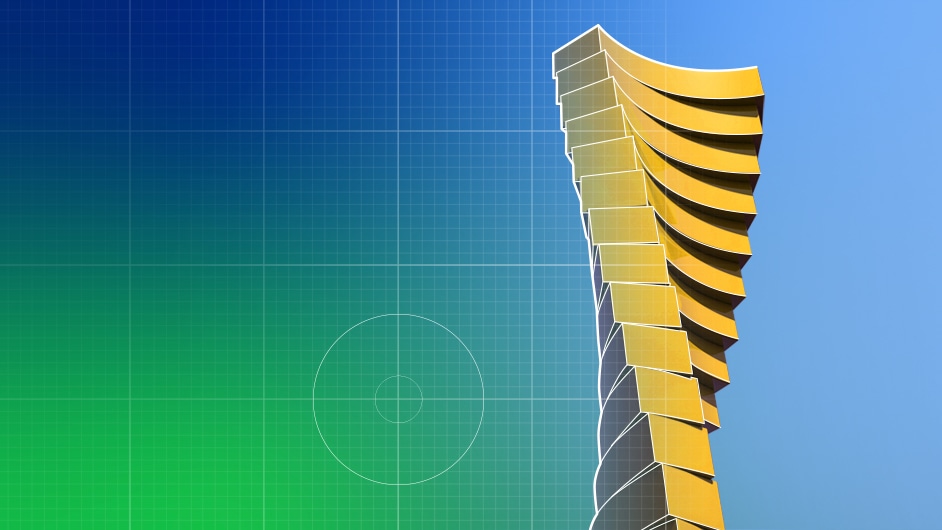Low Power Wide Area connectivity in 6G: Standardization sharpens the edge of IoT

Reducing the number of chipsets supported by 6G, as we argued in a recent article, is a must to achieve economies of scale for 6G devices. It will allow chipset vendors to focus on the development of only three types of chipsets, all derived from a single and scalable stack. It will be comprised of a base technology layer common to all devices, a broadband layer applicable to only high data rate devices, and an extreme broadband layer covering ultra-fast data for smartphones and AR/VR applications.
This article argues for using low-power wide area (LPWA) connectivity for the base layer, i.e., the foundational technology common for all devices. To succeed, it will require industry-wide acceptance of this single technology. As we learned with 4G, this is not a given. Fragmented ecosystems and device incompatibility hindered LPWA adoption in 4G. Learning from that, 6G offers a unique opportunity to correct for that experience and define and implement a global LPWA standard. Standardization will allow for a more streamlined and successful rollout that focuses on ease of deployment, interoperability, and a user-friendly experience. These characteristics will be key to making it a success.
The growing potential of LPWA
In the era of digital transformation, data analytics empower the creation of automated and self-regulating systems. This enhances process efficiency and fundamentally alters the way businesses function. At the heart of this digital transformation lies the internet of things (IoT), which in turn relies on cost-effective connectivity with ample coverage for its success. This is where LPWA comes into play.
To better understand the use cases that drive the need for LPWA, consider the transformative potential of predictive maintenance. IoT sensors gather data to anticipate equipment failures and, based on AI/ML data predictions, proactive interventions are able to ensure safety and minimize downtime. For such solutions to be commercially viable, a connectivity solution must offer decent coverage and be both capital and operationally efficient.
Low-powered sensor networks have multiple benefits beyond predictive maintenance. They make wide-scale environmental monitoring possible, enabling us to respond accurately to environmental conditions as diverse as ocean temperatures and glacier melt to chemical spills and seismic events. They can enhance social safety, aid first responders with situational awareness, and monitor the health and whereabouts of at-risk individuals such as children and the elderly. They play a key role in a wide variety of smart city applications, as well as helping to monitor and measure processes to ensure compliance with various governance standards.
LPWA, with its inherent low power consumption and wide-area coverage, presents itself as the ideal technological approach. From a hardware perspective, this means relatively low bandwidth, in the range of 3-5 MHz, which allows for economies of scale. From a maintenance viewpoint, LPWA should permit battery lifetimes of at least ten years, in many cases even longer, assuming the longevity of applications and a long-term return on investment.
The role of standardization
There are, at this point, two kinds of LPWA solutions: cellular standards based on 3GPP cellular networks (e.g., 4G LTE-M and NB-IoT); and non-cellular, sometimes proprietary solutions, such as SigFox, or others belonging to the open LoRaWAN Alliance.
From our perspective, the 3GPP approach is superior and brings global economy of scale as we will discuss below. Despite its promise, however, history has taught us that market adoption is not a purely technological matter; it depends on the net benefit with respect to the cost of purchase, deployment, and maintenance, as well as intangibles like market penetration and existing footprints. In this regard, for a solution to be market attractive there are several aspects that play a crucial role. They include compatibility with application requirements, operational simplicity, and quality of connectivity service.
Global and integrated adoption
Standardized cellular solutions for LPWA IoT connectivity come with the indispensable benefit of worldwide support, as well as ease of deployment. All that is required is to simply power-on the IoT device and enjoy connectivity to any other device or service, in the same plug-n-play way that a cellphone gets connected to the network. Compared with non-cellular solutions, there is no need to setup access points or address network troubleshooting. Furthermore, standardized cellular solutions offer the quality of service associated with use of licensed frequencies and certified conformance testing.
LPWA IoT has been standardized already in 4G networks, by means of NB-IoT and LTE-M as the main approaches. It is true that businesses have been slow to adopt such solutions. Devices and solutions were late to market; there were multiple device standards, which contributed to more expensive and fewer devices. Also, different 3GPP releases required network upgrades from network operators, making them less flexible for long-term deployments. This, together with the cost of private LTE network deployments, posed a significant barrier to entry for many cities and enterprises.
The 6G era
Lessons learned from the past help to illuminate our path forward. From a cellular standards viewpoint, there are several reasons why LPWA technology should be refreshed in 6G.
First, LPWA should be seen not only as an IoT connectivity approach but also as the foundational technology layer, supporting the most essential functionalities such as coverage extension for emergency services. In the IoT domain, 6G should enhance its role in the ecosystem as its design would go beyond traditional connectivity and focus on intelligent networking and AI integration, putting data at the epicenter. Moreover, as we are coming closer to the time of integrated services across cellular and non-terrestrial networks, the resulting extended coverage facilitates further the adoption of LPWA in 6G.
While 4G networks will likely remain operational for some time after the arrival of 6G, LPWA IoT providers will eventually need to consider migrating to the newer technology. This is driven by several factors: the eventual sunsetting of 4G, the emergence of new applications with new requirements, and the longevity along with integration of existing LPWA deployments into a broader ecosystem. Most likely, current non-cellular setups will continue to exist as industries have made investments in that direction. Nevertheless, we should expect a gradual transition to cellular solutions once the next generation becomes more popular, not only from the global coverage perspective but also for the set of use cases it addresses.
Expected in 2030, 6G cellular networks will be there and available for any service provider that wants to use them. We may then expect LPWA IoT providers to explore connectivity from 6G before deploying alternative non-cellular setups, provided attractive CapEx and OpEx conditions are present. Think of it in the same way that most of website traffic nowadays comes from mobile devices: Users tend to first use the device at hand to access the internet before checking other options. Simplicity unlocks true potential, and we should expect this trend to continue for LPWA connectivity as well.
Looking ahead: LPWA at crossroads
LPWA technology stands at a crossroad. Its potential to revolutionize the mobile connectivity ecosystem is undeniable, but its success hinges on a crucial factor: widespread adoption. The cellular market, with its vast reach and established infrastructure, holds the key. However, this isn't just about technology. It's about collaboration. Each stakeholder – from operators to device manufacturers to application developers – must find their place in the LPWA ecosystem. As we know very well from cellular standards, this isn't a zero-sum game; the strength of the whole depends on the strength of each individual link.
As we are approaching the standardization of 6G, we are now at the right moment to define the main elements of the LPWA cellular standards. Only no-regret decisions should be made going forward. To create a truly impactful global solution, simplicity is paramount.
The author would like to thank the following Nokia colleagues for their contributions to this blog: Renato Abreu; Nitin Mangalvedhe; Francesca Sartori; Klaus Pedersen; Omar Elloumi; Jeroen Wigard; Benny Vejlgaard.
